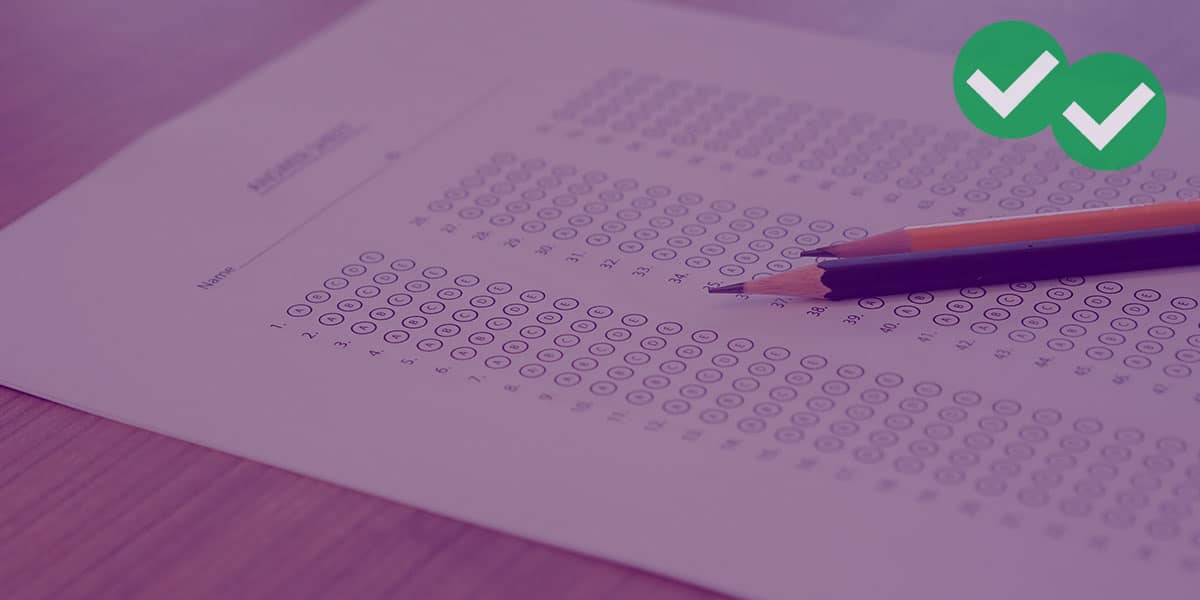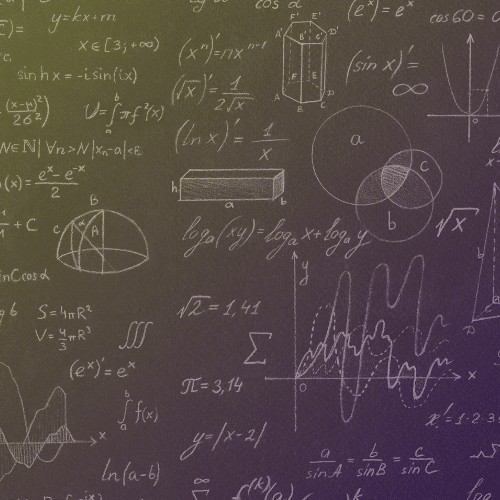
Suppose you plan to apply to business school and therefore have to take the GMAT. Suppose you bid a less-than-fond farewell to math at the end of, say, Algebra II, back in your salad days, and you haven’t given an iota of thought to mathematics since then. Now, you’re staring the GMAT in the face and you’ve got no idea how to study for GMAT math. Well let’s start with the basics.
The structure of the GMAT Quantitative section
First, know the structure. On the GMAT, one section will be a 75-minute Quantitative section, and on this section, you will see 37 questions. As with all questions on the GMAT, once you answer a question, you can’t go back to it, because both the Quantitative and Verbal sections are Computer Adaptive: you will get harder or easier questions, depending on whether your previous answers were right or wrong.
There are two math question formats on Quantitative section.
The first format, Problem Solving (PS), is just the same old five-answer multiple choice format you have seen on every standardized test since before puberty. This question format needs no special explanation.
The other format, though, Data Sufficiency (DS)–this is a beast unique to the GMAT math section. This question format has unique rules, so it necessarily demands unique strategies. I can’t emphasize enough how important this is to learn when you are studying for math on the GMAT.
The GMAT math content
When you study for GMAT math, it’s vitally important to know what math content the GMAT tests. Check out our post that summarizes the breakdown of GMAT math concepts by frequency.
You should buy the GMAT Official Guide; in this guide is a 30-page section called the “Math Review” — this lists, in relative condensed form, every math concept you need to study. Many of these individual concepts you will find explained in detail in posts on this free blog — pull down the “Math” drop-down menu above this article. You should also learn some fundamental math strategies, such as number sense and how to estimate.
How to study for GMAT math? Practice, practice, practice
Math is not a spectator sport: you learn and understand math only by doing it. Studying for GMAT math definitely involves practice, practice, practice.
For starters, you get no calculator on the GMAT Quantitative section. That means, you will have to do basic arithmetic in your head on the GMAT.
My advice: give away to a friend any calculator you own, and force yourself to do basic arithmetic in your head every single day, multiple times a day, until you take the GMAT. Calculate your grocery total, to the nearest dime, in your head as you shop. Find occasions to do math — 17 x 6, 117/3 —- in your head. Learn the doubling & halving trick, the divisibility tricks, and other mental math shortcuts.
- If you have a best friend, a significant other, some partner in crime, then have that person, holding a calculator, ask you to do simple arithmetic in your head while they double-check your work. (If you have a math nerd friend, even better!)
After taking a GMAT practice test, review each question you answered incorrectly. Take time to bucket those questions into concepts. You’ll be able to recognize where you should spend more time studying.
Review the math concepts you need to review, and for the majority of your math practice, make it mixed review — that’s what builds the understanding of math you will need on the test.
Force yourself to work against a clock as much as possible —- except at the very beginning stages, deny yourself the unsustainable luxury of unlimited time.
When you get practice questions wrong, as naturally will happen at any level of review, then write down in a journal what you got wrong, how you got them wrong, and again, what concepts you need to reinforce. Make a detailed analysis of your mistakes.
We all make mistakes, but the mark of an excellent student is never making the same mistake twice.
Finally, here’s a 3-month study schedule specifically designed for folks who are not jumping for joy about all the math they need to re-learn for the GMAT; you will see other study plan options in the right side-bar.
Summary
The foregoing advice should set you out on the journey of studying for GMAT math. If you have any beginner’s questions about how to study GMAT math, please post them in the comment section below. Also, here are a couple free questions.
1) a Problem Solving question:
2) a Data Sufficiency question:
When you check your answer, the following screen will have a complete video explanation. Let us know about your experiences of studying for GMAT math!





Leave a Reply